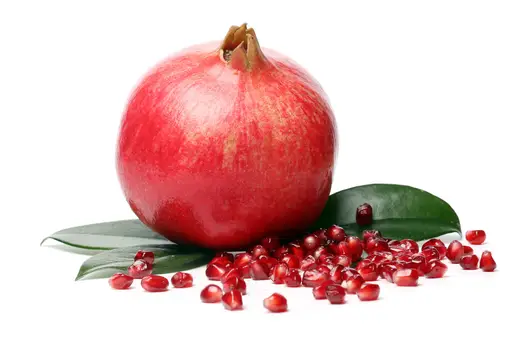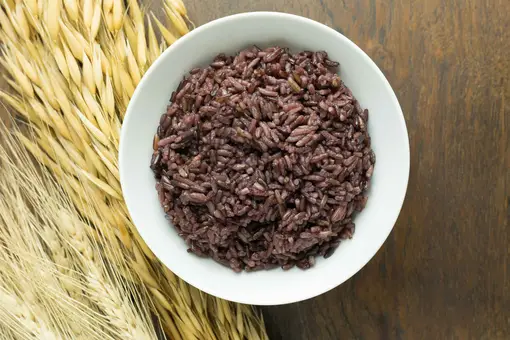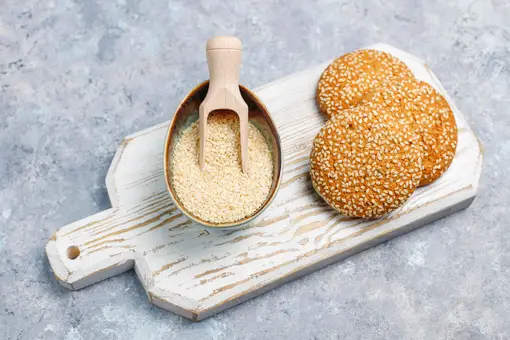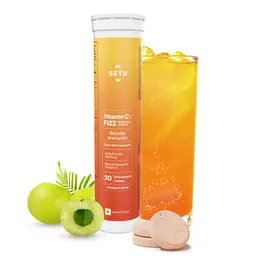15 Iron-Rich Foods in India to Increase Hemoglobin

15 Iron-Rich Foods in India to Increase Hemoglobin
Posted on 9th May, 2023
Taking care of the body's demands requires many nutrients, including blood, which is the body's most important fuel.
One such nutrient is Iron, an essential mineral that plays a crucial role in the production of hemoglobin. Its deficiency can lead to anemia, a condition characterized by low levels of hemoglobin and reduced oxygen-carrying capacity.
Hence, Including an iron-rich diet and iron supplements in your lifestyle is an effective way to increase hemoglobin levels and maintain optimal health.
In this article, we will explore 15 iron-rich foods readily available in India that can help boost your hemoglobin levels.
What is the role of Iron in Hemoglobin?
Iron is a vital component of hemoglobin, the protein molecule in red blood cells that transports oxygen from the lungs to various tissues and organs in the body.
Furthermore, hemoglobin plays an essential role in removing waste products such as carbon dioxide as well as maintaining overall health.
List of Iron-rich foods
Pumpkin Seeds

These small but mighty seeds are packed with iron and serve about 8 mg of iron per 100gm, making them a great addition to your diet. They can be consumed as a snack or sprinkled over salads, soups, or smoothies.
Dates

Dates are not only delicious and calorie dense but also rich in iron. They are a good addition to our diet and give us about 4.79 mg of iron content per serving of 100 gm.
Green Vegetables

Spinach, kale, fenugreek leaves, and other leafy green vegetables are excellent sources of iron. Include them in your daily meals through salads, stir-fries, or by adding them to lentil soups. Spinach and other green leafy vegetables are also rich sources of Vitamin C, which aids in iron absorption.
Whole Grains

Whole grains like quinoa, amaranth, brown rice, and oats contain iron, folate, vitamin C, and other essential nutrients. Swapping refined grains with whole grains can boost your iron absorption and intake in your body.
Pomegranate

This juicy fruit not only provides a refreshing taste but is one of the richest sources of iron. A person suffering from Anemia must incorporate this fruit into their daily diet plan to alleviate the hemoglobin level.
Beetroots

Beetroots are not only vibrant and delicious but are widely used to cure iron deficiency. It is also amongst the richest source that helps in regenerating red blood cells. The easiest way to include them in your diet is by adding them to salads, soups, or as a side dish.
Brown Rice

Compared to white rice, brown rice retains the bran and germ layers, which are rich in iron. Substituting white rice with brown rice can significantly increase your iron consumption. The iron value in Brown Rice is around 1.02 mg per 100 gm.
Dark Chocolate

Are you a chocolate lover? Fortunately, dark chocolate is rich in iron and antioxidants. In a medium chocolate bar, the iron content is about 6.9% of the daily iron intake.
Dried Fruits & Nuts

Raisins, apricots, figs, almonds, and cashews are excellent sources of iron. Snack on dried fruits and nuts or incorporate them into your breakfast cereal or yogurt.
Apples

An apple a day not only keeps the doctor away but also contributes to your iron intake. Enjoy this nutritious fruit as a snack or use it in salads and desserts.
Sesame Seeds

Sesame seeds are a versatile ingredient and abundantly rich in iron. These are also rich in vitamin D and can be sprinkled over salads, added to stir-fries, or used as a topping for bread and buns. You can get around 14.6mg of Iron from 100g of Sesame seeds.
Kidney Beans

Kidney beans, commonly known as rajma, are a popular legume in Indian cuisine and are a great source of iron. If you are fond of rajma chawal, you are already in luck, as it offers around 8.2 mg of iron in 100 gm.
Roasted Chana

Roasted chickpeas, or chana, are a nutritious snack idea that provides a good amount of iron. Enjoy them as a guilt-free munching option. It has somewhere around 3.6 mg of iron in 100 gm of Roasted chana.
Soybeans

Soybeans are rich in iron and a good plant-based protein source. Include them in your diet through soybean-based products and enjoy the Iron-dense meal.
Chia Seeds

Chia seeds are tiny powerhouses packed with iron and numerous other nutrients. They can be added to smoothies, yogurt, and puddings, or used as a topping for salads and cereals. In 100gm of chia seeds, almost 7.7 mg of iron content is present.
Other ways to increase your Hemoglobin levels
Apart from incorporating iron-rich foods into your diet, here are a few additional tips to help increase your hemoglobin levels:
Cook Food in Iron Utensils: Cooking in iron utensils can increase the iron content in your food. During the cooking process, the iron leaches into the food, providing an additional source of iron.
Take Vitamin C-rich Foods & Supplements: Consuming foods rich in vitamin C, such as citrus fruits, strawberries, bell peppers, and tomatoes, can enhance the absorption of iron from plant-based sources.
You can also start taking vitamin C supplements that will help you with better Iron absorption.
Add Iron Supplements to Your Diet: In cases of severe iron deficiency or when dietary sources are not sufficient, Iron supplements are recommended.
However, it is essential to run a blood test before starting iron supplementation to ensure what dosage you require.
Make sure your hemoglobin is at its best by ordering your iron supplements today.
Conclusion
Maintaining adequate hemoglobin levels is crucial for overall health and well-being. By incorporating iron-rich foods into your diet, such as pumpkin seeds, dates, green vegetables, whole grains, and others mentioned above, you can effectively increase your hemoglobin levels.
Additionally, cooking with iron utensils, consuming vitamin C-rich foods, and considering iron supplements under medical guidance can further support your efforts to boost hemoglobin levels.

Health articles from our experts

A Comprehensive Guide On How To Gain Weight Quickly

Muscle-Building Routine and Supplements for Maximum Gains

A Guide with Simple Tips To Follow For Weight Loss

Top 10 Foods That Are High in Protein

5 Best Whey Protein Powders in India

Understanding BMI: The Key to Weight-Health Connection

List of Top Whey Proteins for Muscle Gain

Top Vitamins for a Healthy Immune System

Finding Out the Best Daily Wellness Supplements











